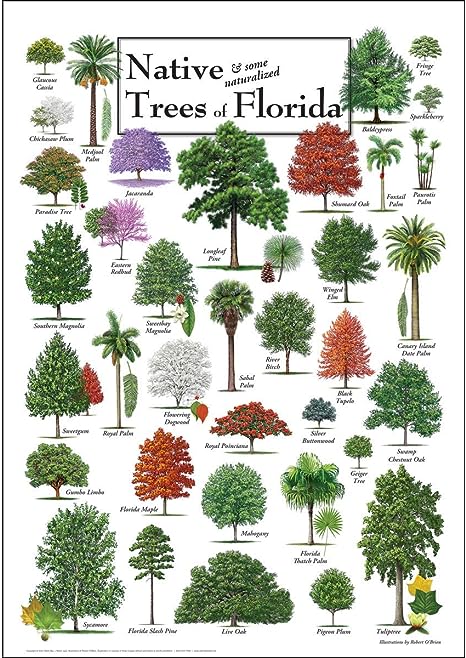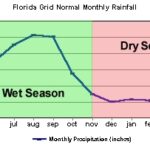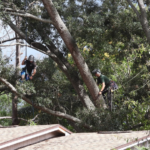Choosing the Perfect Tree: Best Tree Species For Your Landscape

Planting a tree in your yard is an exciting and rewarding experience. Trees not only beautify your landscape but also provide shade, wildlife habitat, and environmental benefits. However, with so many tree species to choose from, finding the perfect one for your yard can be a bit overwhelming. In this easy-to-read article, we’ll guide you through the process of selecting the best tree species to plant in your yard.
Consider Your Climate:
The first step in choosing the right tree is considering your climate. Different tree species have specific temperature and weather requirements for optimal growth. If you live in a warm and sunny region like Florida, palm trees, magnolias, or citrus trees are great options. On the other hand, if you reside in a cooler climate like Michigan, maple, oak, or pine trees may be more suitable.
Know Your Space:
Assess the available space in your yard before choosing a tree. Consider the tree’s mature size, both in height and width. You don’t want to plant a tree that will outgrow your yard or interfere with power lines, buildings, or other structures. Smaller yards may be better suited for dwarf or compact tree varieties.
Understand Tree Growth:
Familiarize yourself with the growth habits of different tree species. Some trees, like willows, grow rapidly, while others, like oaks, have slower growth rates. If you’re looking for quick shade, a fast-growing tree may be the best choice. However, if you prefer a long-lasting and sturdy tree, a slower-growing species might be more suitable.
Consider Purpose:
Think about the purpose you want the tree to serve. Do you want it for shade, privacy, aesthetics, or attracting wildlife? Trees like oaks and maples provide excellent shade, while evergreens like cedars offer year-round privacy. Flowering trees like cherry or dogwood add beauty to your landscape and attract pollinators.
Research Maintenance Needs:
Different tree species have varying maintenance requirements. Some trees need regular pruning, while others shed leaves or flowers seasonally. Consider the level of maintenance you’re willing to invest in caring for the tree. If you prefer low-maintenance options, evergreen trees or native species may be ideal.
Check Soil Conditions:
Evaluate your soil type and drainage before choosing a tree. Some trees prefer well-draining soils, while others can tolerate wetter conditions. Conduct a soil test or seek advice from a local arborist or nursery to ensure the tree species you choose will thrive in your soil.
Visit a Local Nursery:
Visit a local nursery or garden center to see the tree species up close. The staff can provide valuable insights and recommendations based on your yard’s conditions and your preferences.
In conclusion, choosing the best tree species for your yard involves considering your climate, available space, growth habits, purpose, maintenance needs, soil conditions, and seeking expert advice. By doing your research and making an informed decision, you can plant a tree that will flourish in your yard and bring joy for generations to come. Happy tree planting!




